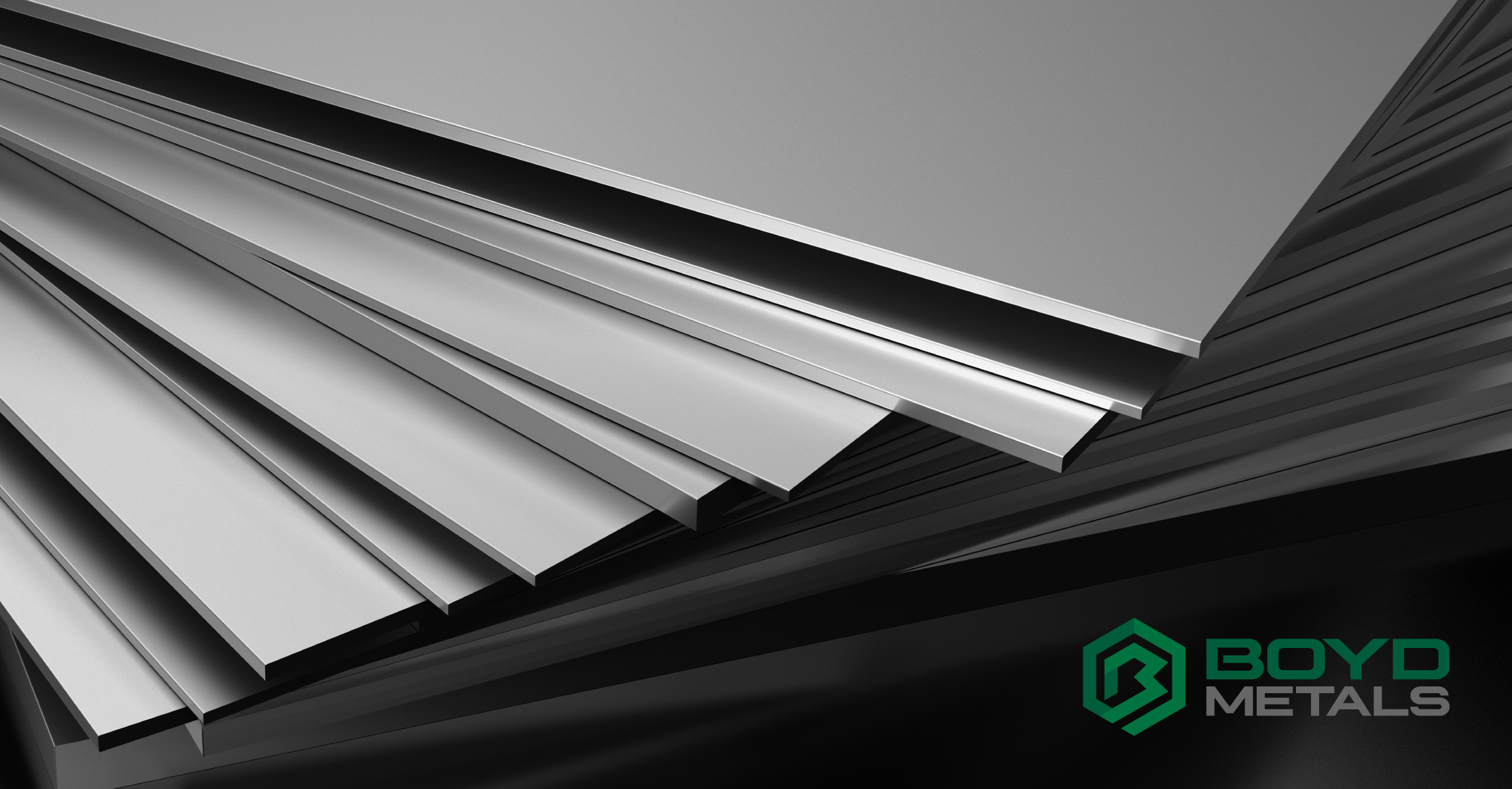Understanding steel plate grades in the metal fabrication industry is essential for effective project planning, accurate estimating, and smart procurement. These standardized designations provide critical information about a plate's chemical composition, mechanical properties, and performance characteristics. Whether sourcing materials for structural applications, pressure vessels, or wear-resistant components, knowing the fundamentals of plate grades helps ensure you're working with the right material for your specific industrial needs.
Common Steel Plate Grade Systems
Several standardized systems exist for classifying steel plates, each with its own nomenclature and focus:
- ASTM Standards: The American Society for Testing and Materials provides widely used specifications like A36 (general structural steel), A572 (high-strength low-alloy structural steel), and A516 (pressure vessel plates). The numbers following grade designations (e.g., Grade 50 or Grade 70) typically indicate minimum yield strength in thousands of pounds per square inch (ksi).
- AISI/SAE System: The American Iron and Steel Institute and Society of Automotive Engineers use a four-digit numerical system. The first digit indicates the major alloying element, while subsequent digits reveal carbon content and other properties.
- European EN Standards: These use alphanumeric designations like S355 (structural steel with 355 MPa minimum yield strength) or P355 (pressure vessel steel).
Key Properties That Determine Grades
Steel plate grades are classified according to several important properties:
- Yield Strength: The stress at which a material begins to deform permanently, typically measured in ksi or MPa.
- Tensile Strength: The maximum stress a material can withstand while being stretched before breaking.
- Chemical Composition: The precise mix of carbon, manganese, silicon, and other elements influences hardness, ductility, and weldability.
- Impact Resistance: Measured through Charpy V-notch testing, this indicates a plate's ability to absorb energy and resist fracture, particularly at lower temperatures.
- Weldability: How readily the steel can be welded without special procedures or risk of cracking or weakening.
Popular Grades and Their Typical Applications
Different industries rely on specific plate grades suited to their applications:
- A36 Steel: With a minimum yield strength of 36 ksi, this versatile low-carbon structural steel is commonly used in buildings, bridges, and general fabrication projects where moderate strength is sufficient.
- A572 Grade 50/65: High-strength low-alloy structural steels offering greater strength-to-weight ratios for more demanding structural applications.
- AR400/AR500: Abrasion-resistant plates with hardness values of 400-500 Brinell used in mining equipment, concrete mixers, and other high-wear applications.
- A516 Grade 70: Pressure vessel quality carbon steel plates designed for moderate and lower temperature service, commonly used in boilers, storage tanks, and heat exchangers.
- A514: Quenched and tempered alloy steel plates with very high yield strengths (100+ ksi) used in heavy equipment, crane components, and military applications.
Factors to Consider When Selecting Plate Materials
When evaluating steel plates for your application, consider:
- Service Environment: Temperature extremes, chemical exposure, and weathering conditions all impact performance.
- Load Requirements: Different plate properties are required for static loads, dynamic forces, impact scenarios, and fatigue conditions.
- Fabrication Methods: Some high-strength plates may require preheating before welding or special cutting techniques.
- Dimensional Tolerances: Different grades and thicknesses have varying standard tolerances that may affect your design.
- Cost and Availability: Higher-performance plates typically command premium pricing and may have longer lead times.
The Boyd Difference
Understanding steel plate grades provides a foundation for making informed material decisions. While this overview covers the fundamentals, each project presents unique considerations that may benefit from expert consultation. The team at Boyd Metals takes a consultative approach to helping customers select the right materials for their specific applications. As your one-stop shop for all things metal, our experts bring decades of industry experience to every project, offering not just products but valuable knowledge and insights. Our commitment to responsive service and technical expertise is why so many companies trust Boyd Metals as their preferred metal service center. Contact us today to experience the Boyd difference on your next project.
How can we help?




